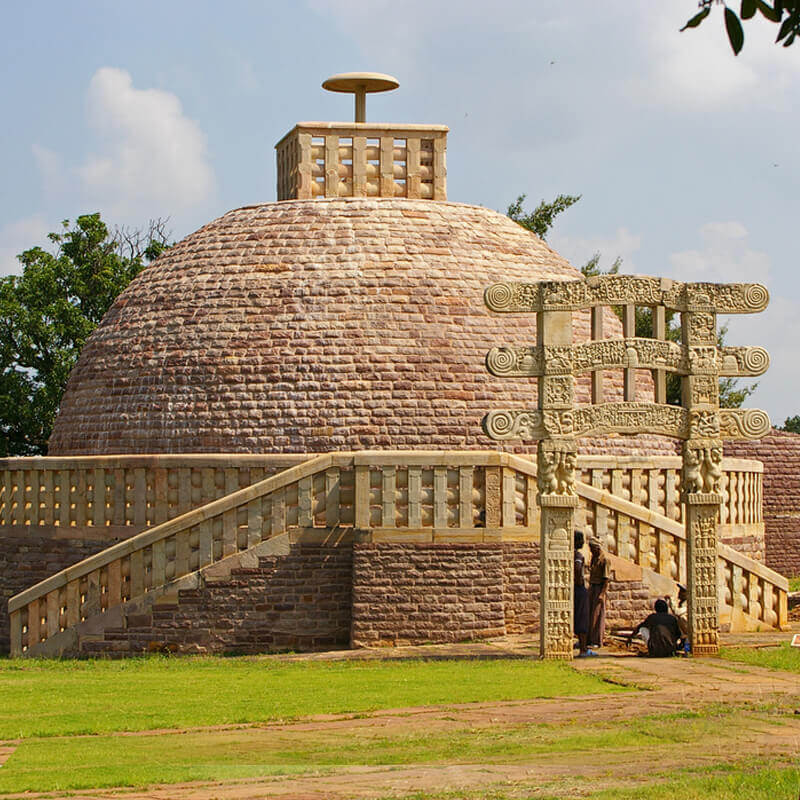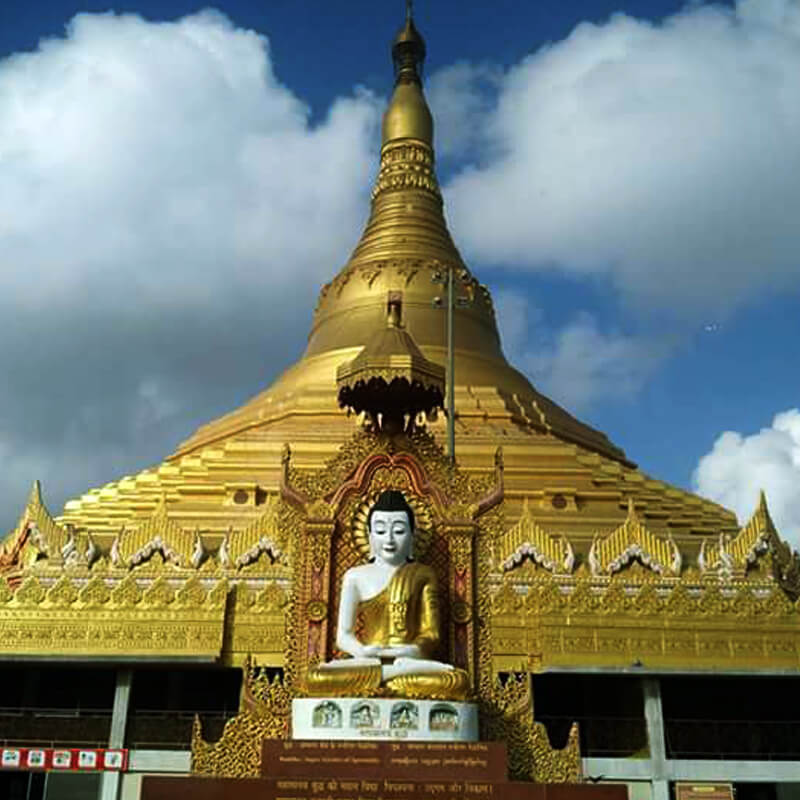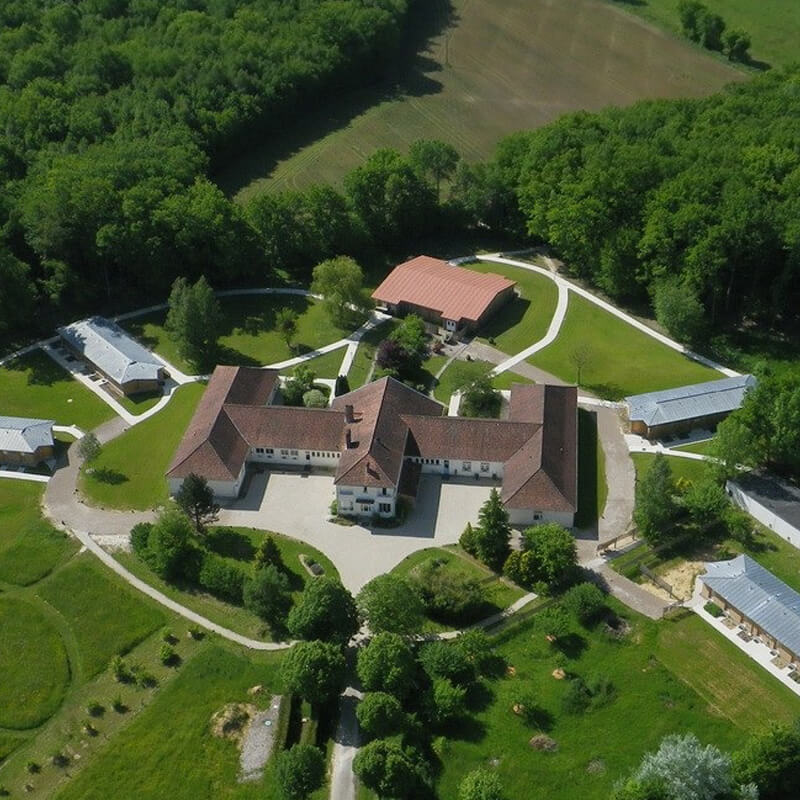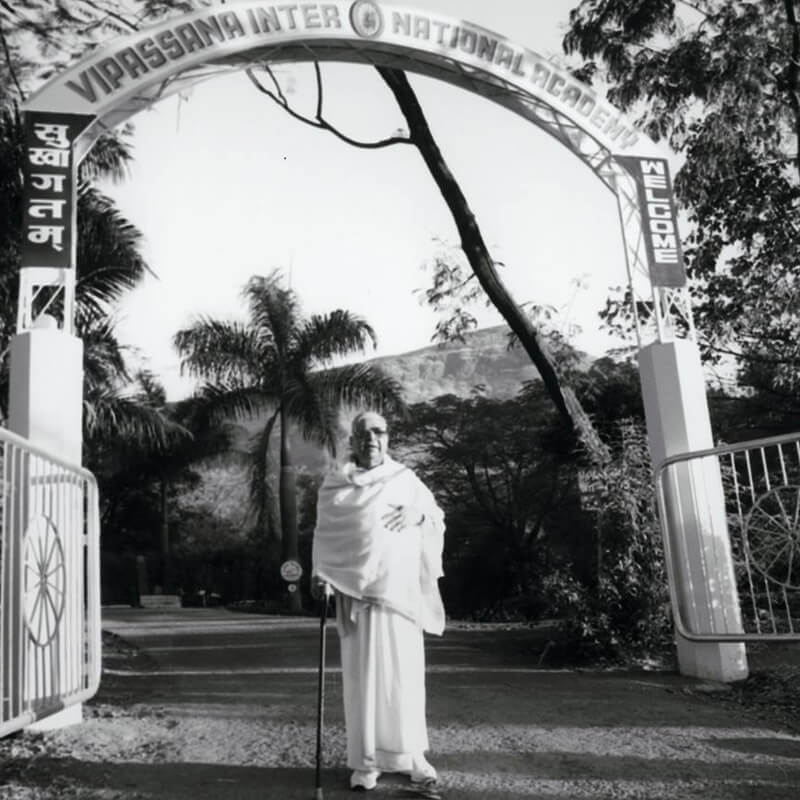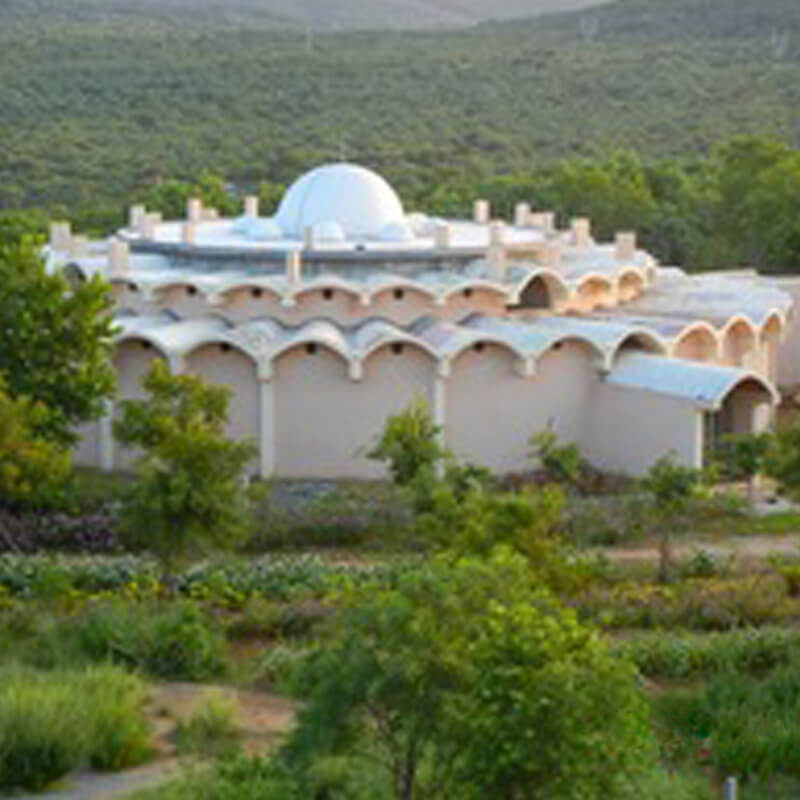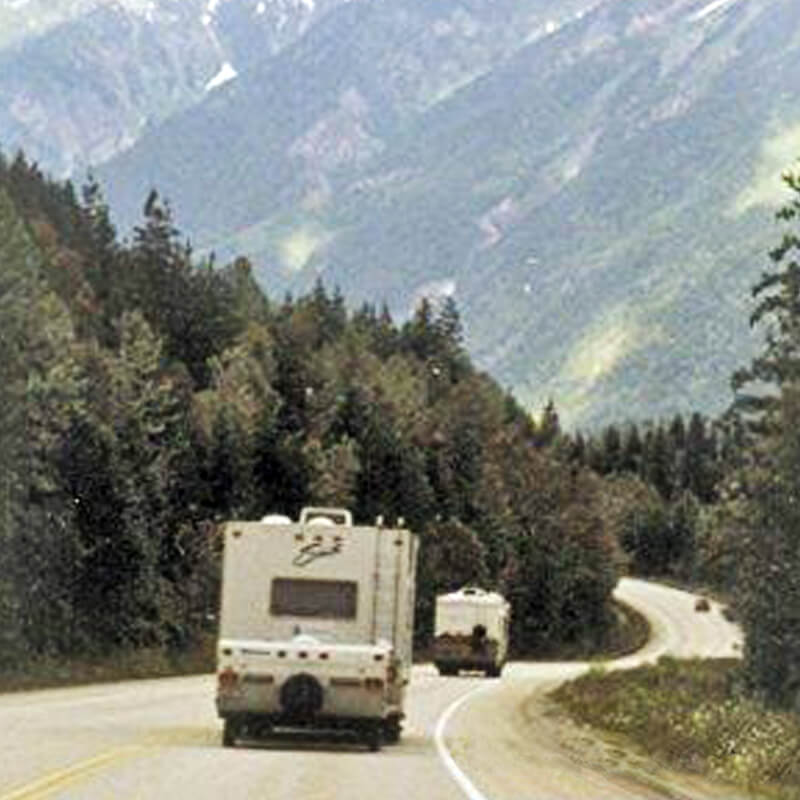When Goenkaji started teaching in Europe, France was the first country to welcome him in 1979, and for many years it was one of the few countries in the region with an ongoing course program. It was also one of the first with a long-term rental site for courses, in Maranville, in the Haute-Marne region.
The site was a former convent that had been used as a retirement home for elderly priests. From 1984, the French Vipassana Association rented it for courses of 50 people, conducted by assistant teachers from India or Western countries. Course information often circulated by word of mouth, and registration was by postal mail. Sometimes people simply showed up, saying “I’ve come for the course.” Room would be found for them but it was not always ideal. On one occasion a group of 20 Cambodians appeared unexpectedly. They were accepted but some had to sleep in the hallway.
The meditation hall was so small that it was impossible to move without touching a neighbor. But people were delighted to have the opportunity to sit and serve, and the number of courses grew from two or three per year to eight or nine.
Then, in 1988, the French Vipassana Association purchased a site for a permanent meditation center. In fact, at the time it was seen as a center for all of Europe.
The search for a property had been going on since 1981, and meditators had investigated sites all over the country. Gradually they decided to focus on properties that were in quiet surroundings, centrally located and easily accessible. This led the search team to a former holiday camp for pre-schoolers near Louesme, approximately 165 kilometers (100 miles) south of Paris.
Goenkaji had been taken to see the site. When asked for his impression, he said, “No need to visit any others. This place is perfectly suitable.” He named the center Dhamma Mahī, meaning “Land of Dhamma.”
The property consisted of 12.5 hectares (31 acres) of gently rolling meadowland, with a small wooded section. Built about 25 years before, the structures on the site were in good condition. The main building was H-shaped. Men and women could be accommodated in separate wings at either end, while the crossbar of the H had space for kitchen and dining areas, and a meditation hall. A small apartment on the upper floor would house the teachers.
Getting started was a huge job, and old students did much of the work. People from France had been joining courses from the time Goenkaji started teaching in India. They had worked hard to bring Vipassana to their own country, in their own language. At Maranville, some had learned to deal with offering courses in often difficult conditions. Now many volunteered to transform the holiday camp into a home in France for Vipassana.
As soon as the Association took possession of the property in February 1988, meditators began arriving on weekends to help prepare the site for courses. In the chilly winter, volunteers sometimes stayed in the upstairs apartment, which had electric heating. Others slept downstairs in rooms with child-sized beds, almost no privacy and no heating. On cold mornings they lit the kitchen ovens and kept the doors open to warm up. There were no creature comforts but no one minded.
In the summer of 1988, Goenkaji came to conduct two 10-day courses, each for nearly 200 meditators. Some of them had to sleep in an outdoor shelter. The meditation hall was a tent with wooden flooring, normally rented as a traveling dance hall. Some old students could recall sitting on the grass or bare earth; in comparison, this was luxury.
Safety regulations were not so strict back then. The Association could take shortcuts and improvise. The most valuable resources were enthusiasm, determination and audacity. Fortunately, students had those qualities in abundance.
After that first summer, Dhamma Mahi offered at least one course a month. The current men’s dining hall was used for meditation, with a capacity of 80 people. Goenkaji had agreed to return the following summer but stipulated that by then the center must have a real meditation hall. He even explained where the hall should be. That is exactly where the current meditation hall now stands, although it was built nearly 20 years later. Despite that, Goenkaji returned to conduct courses in the summer after the first year.
One early project was to build meditation cells and a recording studio, used to prepare teaching tapes in different languages. Other tasks involved insulating the buildings, upgrading the kitchen, planting trees and hedges, and more.
At first, the center manager slept in a caravan and later an apartment rented on the grounds of a neighboring farm. A few years after the center started, in 1993 the Association had the opportunity to buy the farm. This and other smaller land purchases more than doubled the center’s area to 40 hectares (100 acres), protecting the tranquil atmosphere at Dhamma Mahi and providing room for expansion.
Today Dhamma Mahi can accommodate up to 108 meditators and 30 servers, and still more in summer when people can stay in tents. A fine new meditation hall opened in 2009, in the spot chosen by Goenkaji years before. Brand-new residences contain 48 single rooms with attached bathroom, including four rooms designed for persons with disabilities. Every month the center holds one or two 10-day courses in English and French. It also offers Satipatthana and 20-day courses. Every year there is a Khmer course for the benefit of France’s large Cambodian community. Audio recordings in many other languages are also available for students as needed.
Much has changed since those first days in a chilly, uncomfortable and unorganized children’s holiday camp. But the early vision has become reality. Today Dhamma Mahi is a home for the Dhamma, for people in France and far beyond.
(Courtesy: International Vipassana Newsletter, June 2014 issue)

